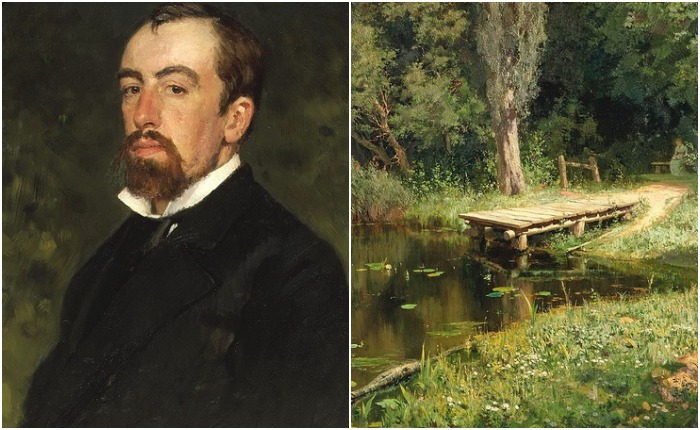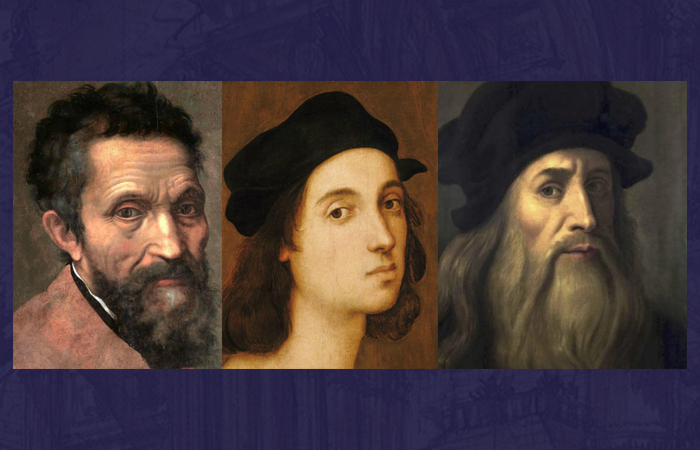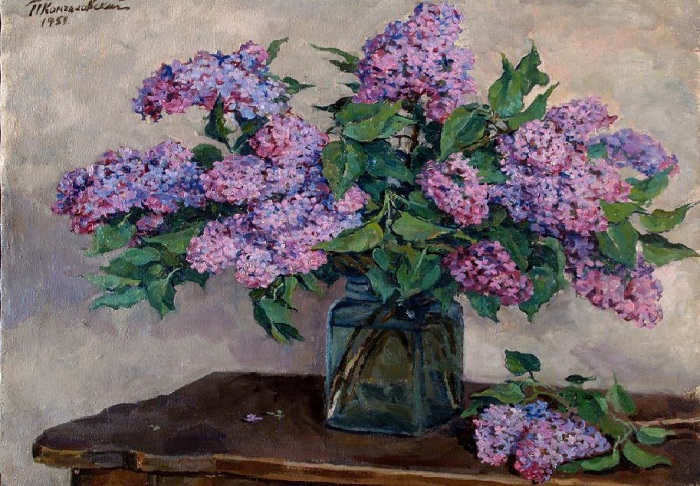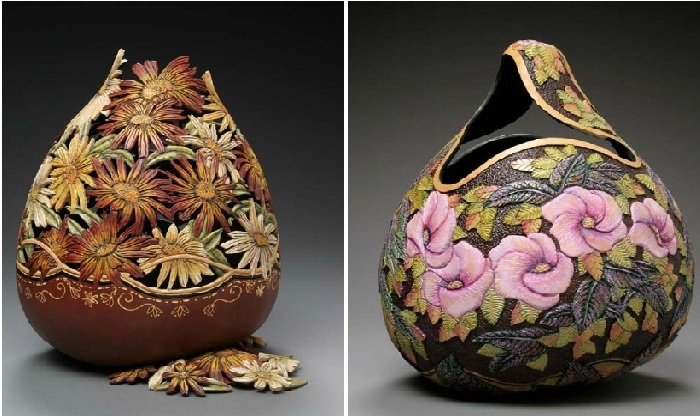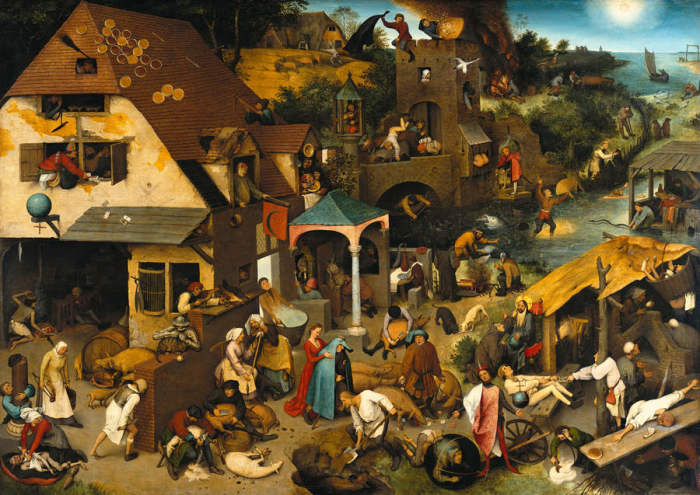identity
Secrets of “Ladies with an Ermine”: What does the cute animal in the painting of Leonardo da Vinci hide
 “The Lady with the Ermine” (1489-1490) is one of the most important works of all Western art, the subject of the greatest rarity of the genius Leonardo da Vinci and one of the four famous female portraits of the master. Modern art critics are sure – the white animal in the picture appeared for a reason.
“The Lady with the Ermine” (1489-1490) is one of the most important works of all Western art, the subject of the greatest rarity of the genius Leonardo da Vinci and one of the four famous female portraits of the master. Modern art critics are sure – the white animal in the picture appeared for a reason.
Transformation of the picture
To date, only a small part of the picture has remained genuine, the rest has been repeatedly retouched: the entire background was darkened, the dress was changed, and the transparent veil worn by the woman was repainted in combination with hair color. Another adjustment of the unknown restorer was the addition of dark shadows between the fingers of her right hand (upon careful examination of the two lower fingers it is noticeable that they are significantly inferior to the others). However, the most important discovery of the picture was that the Italian artist did not write the work in one stage, but in three clearly distinguishable stages. Continue reading
Secret meanings of Brueghel’s visual “Flemish proverbs: Reflection of the essence of man and being
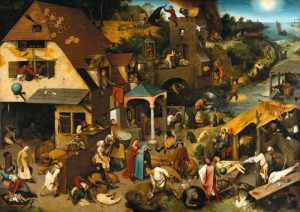 Northern Renaissance Master Brueghel the Elder is a Dutch Renaissance artist and engraver known for landscapes and peasant scenes. He was sometimes called the “peasant Brueghel.” He portrayed his incredible Dutch proverbs more than 450 years ago. This painting, also known as “The World Upside Down,” is a detailed masterpiece visually representing more than 100 Dutch proverbs.
Northern Renaissance Master Brueghel the Elder is a Dutch Renaissance artist and engraver known for landscapes and peasant scenes. He was sometimes called the “peasant Brueghel.” He portrayed his incredible Dutch proverbs more than 450 years ago. This painting, also known as “The World Upside Down,” is a detailed masterpiece visually representing more than 100 Dutch proverbs.
The plot of the picture
The canvas of the XVI century, painted in oil on oak and measuring 64 by 46 inches, is spelled out with many miniature men, women, children and animals who perform a number of unusual and bizarre actions in their village. Individual scenes are played side by side, without direct dependence on each other. The background for all this diverse activity consists of a rural house, dilapidated huts, a stone bridge with columns and a tower, a village square in the center and a manor among corn fields. In the distance, the open sea shining in the sun is visible. The old name of the painting “The World Upside Down” comes from the globe, standing on a symbolic head. This is intended to illustrate that people are in a world in which everything is not as it should be. Continue reading
Vincent Laurence van der Winne and his still lifes vanitas: where did the artist hide his portrait?
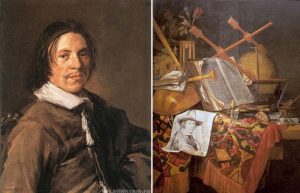 Vincent Laurence van der Winne (1628–1702) is a Dutch artist and writer. Initially, van der Winne was engaged in weaving, but then, sensing a craving for fine art, he decided to focus on painting. Especially popular are the still lifes of this master, in which he hid his own portrait. Der Winne was the only (according to available historical data) student of Frans Hals, the artist of the Golden Age of Holland, who actually painted his portrait in 1660.
Vincent Laurence van der Winne (1628–1702) is a Dutch artist and writer. Initially, van der Winne was engaged in weaving, but then, sensing a craving for fine art, he decided to focus on painting. Especially popular are the still lifes of this master, in which he hid his own portrait. Der Winne was the only (according to available historical data) student of Frans Hals, the artist of the Golden Age of Holland, who actually painted his portrait in 1660.
Van der Vinne’s paintings are mainly vanitas still lifes and genre scenes, many of which include a portrait paper sketch of the painter himself. His style was later copied by Evert Collier, Peter van Eisen and Barent van Eisen. Continue reading
